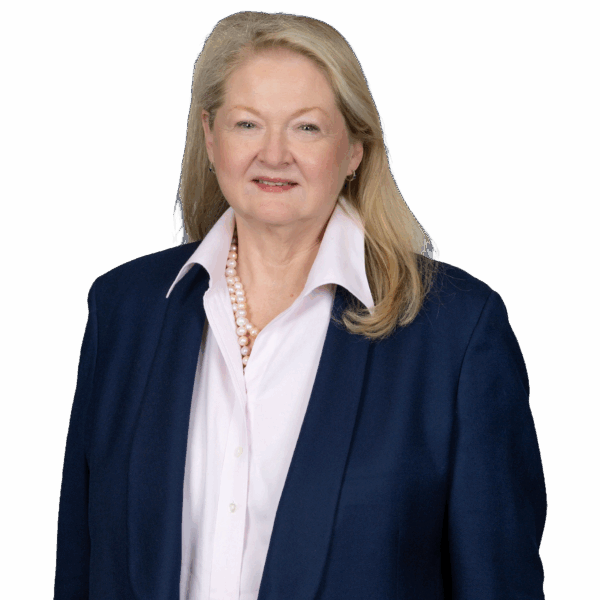On July 14, 2025, the Centers for Medicare and Medicaid Services (CMS) released its proposed physician fee schedule (PFS) rule. After five years of Medicare reimbursement reductions, CMS proposes a 3.8% increase in physician Medicare reimbursement. The rule also reduces reimbursement for skin substitutes, changes how CMS calculates practice expense for office equipment and creates a mandatory payment model to integrate behavioral health and chronic disease care in a primary care model. CMS also proposes to remove 340B units from Part D rebate calculations starting on Jan. 1, 2026, as well as proposes to include drugs sold at the Medicare negotiated Maximum Fair Price (MFP) in the calculations for Average Sales Price (ASP).
The Medicare Physician Fee Schedule
As required by statute beginning in calendar year (CY) 2025, there will be two separate conversion factors: one for qualifying alternative payment (APM) participants and one for physicians and practitioners who are not participating. The proposed CY 2026 qualifying APM conversion factor of $33.59 represents a projected increase of $1.24, or 3.8%, from the current conversion factor. The proposed CY 2026 nonqualifying APM conversion factor of $33.42 represents an estimated increase of $1.17, or 3.62%, from the current conversion factor of $32.35.
Although Congress had not yet reversed the 2.8% cut to physician reimbursement that took effect in January 2025, the recently enacted budget reconciliation legislation included a 2.5% increase for 2026 for the bulk of the proposed payment increase. The increase of 3.8% by the 2026 conversion factor is slightly larger than the 3.5% estimated Medicare Economic Index increase for 2026.
Practice Expense Methodology Update
In the rule, CMS proposes updating the calculation of practice expense payments. Historically, facility and non facility expenses were treated similarly because doctors would often split their time between private offices and hospitals. However, with more physicians now employed directly by hospitals or health systems, CMS believes it makes sense to change the way it allocates indirect costs and will recognize greater indirect costs for practitioners in office-based settings compared to facility settings. It also proposes to utilize data from auditable, routinely updated hospital data to set relative rates and inform cost assumptions for some technical services paid under PFS. Specifically, for CY 2026, it proposes to use this data in setting rates for radiation treatment services and for some remote monitoring services.
Extend Waiver on Direct Supervision and Telehealth
In addition, CMS proposes to permanently adopt its waiver defining direct supervision to include virtual presence via audio and video real-time communications technology. It also proposes to extend its waiver allowing federally qualified health centers and rural health clinics to bill for telehealth services through 2026. However, it does not propose to extend the waiver allowing teaching physicians to have a virtual presence for purposes of billing for services furnished involving residents in all teaching settings.
340B
CMS also proposes a new claims-based methodology to remove units of drugs purchased under the 340B Drug Pricing Program for the purposes of calculating Medicare drug inflation rebates. The agency also proposes to create a 340B claims data repository allowing voluntary data submission by 340B providers to potentially use for the same purpose.
Skin Substitutes
Medicare spending on skin substitutes, commonly used in wound care, has increased from $256 million in 2019 to over $10 billion in 2024. In the proposed rule, CMS proposes reclassifying skin substitutes as “incident to” supplies which are materials used during routine office visits rather than classifying them as biologics. This reduces spending on skin substitutes by nearly 90%.
Proposed Chronic Disease Updates
CMS proposes three new G-codes to address chronic disease and integrate behavioral health into primary care. The three new codes would be add-ons to the Advanced Primary Care management services. These codes would cover Collaborative Care Model (CoCM) services, general behavioral health integration and psychiatry-adjacent care delivered within primary care settings.
New Payment Model
CMS is also proposing a new mandatory payment model, the Ambulatory Specialty Model (ASM), focused on improving specialty care for Medicare beneficiaries with heart failure and low back pain. Participation in the model would be mandatory for specialists who commonly treat people with original Medicare for heart failure or low back pain in an outpatient setting across selected regions. ASM would begin on Jan. 2, 2027, and run for five performance years through Dec. 31, 2031. The model would focus on interventions that are low cost with high patient benefits. It would test how different incentives and primarily payment adjustments could transform specialist care delivery to improve chronic disease prevention, early diagnosis and disease management.
Merit-Based Incentive Payment System (MIPS) Quality Reporting
CMS is proposing to eliminate 10 of the quality measures that CMS says showed little impact on outcomes and replacing them with five new measures aimed at disease prevention. CMS is seeking input on how Medicare can better support wellness and lifestyle changes, including expanded access to nutrition counseling and physical activity programs through a request for information.
For additional information
To view the new Ambulatory Specialty Model (ASM), please visit https://www.cms.gov/priorities/innovation/innovation-models/asm.
To view the CY 2026 PFS proposed rule, please visit: https://www.federalregister.gov/public-inspection/current.

